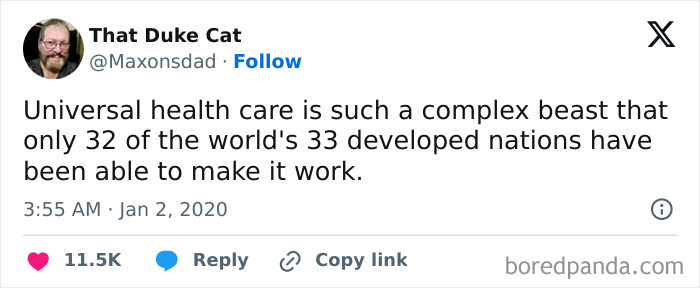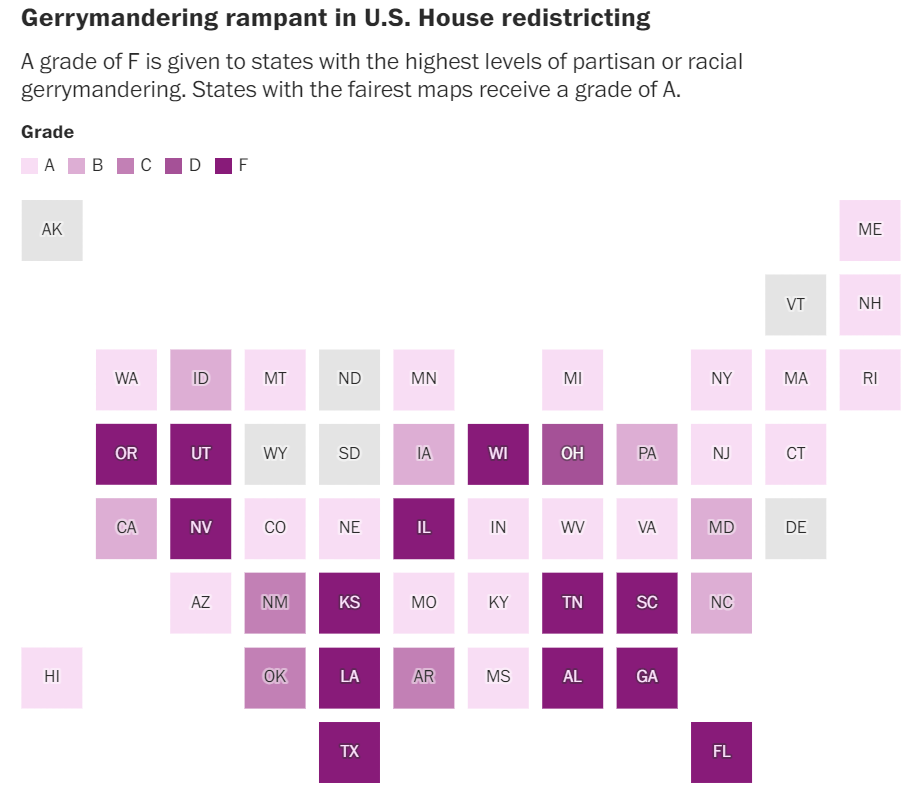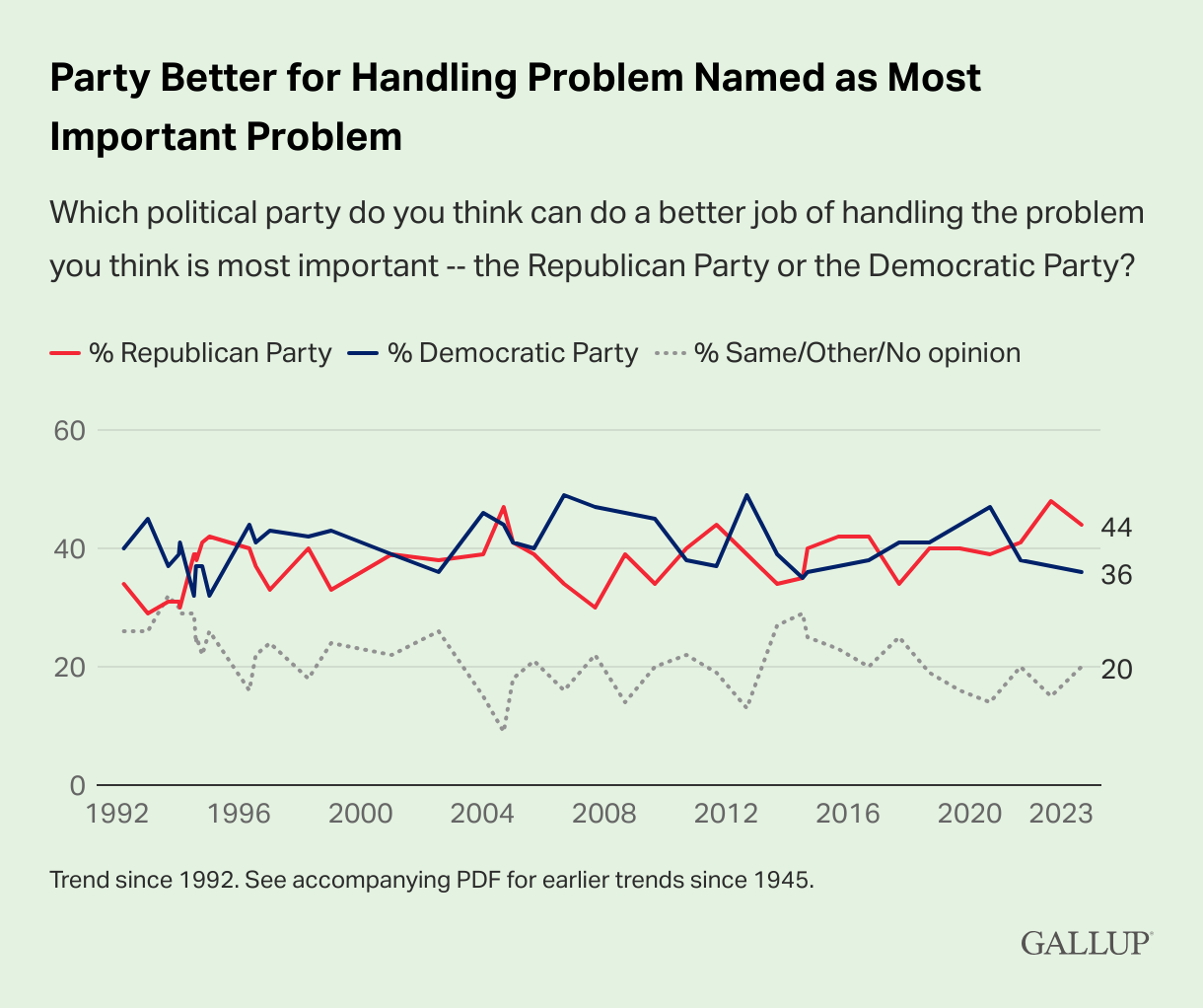Paul Ryan and Ayn Rand
(photoshopped)
Powers added, “He [Trump],” told her that he “identified with Howard Roark, the protagonist who designs skyscrapers and rages against the establishment.”
Rand’s hero Roark, in fact, “raged” so much in her novel that he
blew up a public housing project with dynamite.
Rand, in her Journals, explained where she got her inspiration for Howard Roark and the leading male characters in so many of her other novels. She
writes that the theme of The Fountainhead, for example, is:
“One puts oneself above all and crushes everything in one’s way to get the best for oneself.”
On Trump’s hero Howard Roark,
she wrote that he:
“…has learned long ago, with his first consciousness, two things which dominate his entire attitude toward life: his own superiority and the utter worthlessness of the world. He knows what he wants and what he thinks. He needs no other reasons, standards or considerations. His complete selfishness is as natural to him as breathing.”
It turns out that Roark and many of her other characters were based on a real person. The man who so inspired Ayn Rand’s fictional heroes was named William Edward Hickman, and he lived in Los Angeles during the Roaring Twenties.
Ten days before Christmas in 1927, Hickman, a teenager with slicked dark hair and tiny, muted eyes, drove up to Mount Vernon Junior High School in Los Angeles and kidnapped Marion Parker — the daughter of a wealthy banker in town.
Hickman held the girl ransom, demanding $1,500 from her father — back then about a year’s salary. Supremely confident that he would elude capture, Hickman signed his name on the ransom notes, “The Fox.”
After two days, Marion’s father agreed to hand over the ransom in exchange for the safety of his daughter. What Perry Parker didn’t know is that Hickman never intended to live up to his end of the bargain.
The
Pittsburgh Press detailed what Hickman, in his own words, did next.
“It was while I was fixing the blindfold that the urge to murder came upon me,” he said. “I just couldn’t help myself. I got a towel and stepped up behind Marion. Then, before she could move, I put it around her neck and twisted it tightly.”
Hickman didn’t hold back on any of these details: he was proud of his cold-bloodedness.
“I held on and she made no outcry except to gurgle. I held on for about two minutes, I guess, and then I let go. When I cut loose the fastenings, she fell to the floor. I knew she was dead.”
But Hickman wasn’t finished:
“After she was dead I carried her body into the bathroom and undressed her, all but the underwear, and cut a hole in her throat with a pocket knife to let the blood out.”
Hickman then dismembered the child piece-by-piece, putting her limbs in a cabinet in his apartment, and then wrapped up the carved-up torso, powdered the lifeless face of Marion Parker, set what was left of her stump torso with the head sitting atop it in the passenger seat of his car, and drove to meet her father to collect the ransom money.
He even sewed open her eyelids to make it look like she was alive.
On the way, Hickman dumped body parts out of his car window, before rendezvousing with Marion Parker’s father.
Armed with a shotgun so her father wouldn’t come close enough to Hickman’s car to see that Marion was dead, Hickman collected his $1,500, then kicked open the door and tossed the rest of Marion Parker onto the road. As he sped off, her father fell to his knees, screaming.
Days later, the police caught up with a defiant and unrepentant Hickman in Oregon. His lawyers pleaded insanity, but the jury gave him the gallows.
To nearly everyone, Hickman was a monster. The year of the murder, the
Los Angeles Times called it “the most horrible crime of the 1920s.” Hickman was America’s most despicable villain at the time.
Ayn Rand falls in love with a “superman”
But to Alissa Zinovievna Rosenbaum, a 21-year-old Russian political science student who’d arrived in America just two years earlier, Hickman was a hero.
Alissa was a squat five-foot-two with a flapper hairdo and wide, sunken dark eyes that gave her a haunting stare. Etched into those brooding eyes was burned the memory of a childhood backlit by the Russian Revolution.
She had just departed Leninist Russia where, almost a decade earlier, there was a harsh backlash against the Russian property owners by the Bolsheviks. Alissa’s own family was targeted, and at the age of 12 she watched as Bolshevik soldiers burst into her father’s pharmacy, looted the store, and plastered on her Dad’s doors the red emblem of the state, indicating that his private business now belonged to “the people.”
That incident left such a deep and burning wound in young Alissa’s mind that she went to college to study political science and vowed one day she’d become a famous writer to warn the world of the dangers of Bolshevism.
Starting afresh in Hollywood, she anglicized her name to Ayn Rand, and moved from prop-girl to screenwriter/novelist, basing the heroes of several of her stories on a man she was reading about in the newspapers at the time. A man she wrote effusively about in her diaries. A man she hero-worshipped.
William Edward Hickman was the most notorious man in American in 1928, having achieved the level of national fame that she craved.
Young Ayn Rand saw in Hickman the “ideal man” she based The Fountainhead on, and used to ground her philosophy and her life’s work. His greatest quality, she believed, was his unfeeling, pitiless selfishness.
Hickman’s words were carefully recounted by Rand in her Journals. His statement that, “I am like the state: what is good for me is right,” resonated deeply with her. It was the perfect articulation of her belief that if people pursued their own interests above all else — even above friends, family, or nation — the result would be utopian.
She wrote in her diary that those words of Hickman’s were, “the best and strongest expression of a real man’s psychology I ever heard.”
Hickman — the monster who boasted about how he had hacked up a 12-year-old girl — had Rand’s ear, as well as her heart. She saw a strongman archetype in him, the way that people wearing red MAGA hats
see a strongman savior in Donald Trump.
As Hickman’s murder trial unfolded, Rand grew increasingly enraged at how the “mediocre” American masses had rushed to condemn her Superman.
“The first thing that impresses me about the case,”
Rand wrote in reference to the Hickman trial in early notes for a book she was working on titled The Little Street, “is the ferocious rage of the whole society against one man.”
Astounded that Americans didn’t recognize the heroism Hickman showed when he proudly rose above simply conforming to society’s rules, Rand wrote:
“It is not the crime alone that has raised the fury of public hatred. It is the case of a daring challenge to society. … It is the amazing picture of a man with no regard whatever for all that society holds sacred, with a consciousness all his own.”
Rand explained that when the masses are confronted with such a bold actor, they neither understood nor empathized with him.
Thus, “a brilliant, unusual, exceptional boy [was] turned [by the media] into a purposeless monster.”
Libertarianism and Ayn Rand set the stage for Trumpism
Only billionaires should rule the world, Trump has suggested.
And he tried to put it into place, installing a billionaire
advocate of destroying public schools in charge of public schools, a
coal lobbyist representing billionaires in charge of the EPA, an billionaire-funded
oil lobbyist in charge of our public lands, and a billionaire
described by Forbes as a “grifter” in charge of the Commerce Department.
Trump’s chief of staff said that
putting children in cages and billionaire-owned privatized concentration camps (where seven died) would actually be a public good.
As Ayn Rand might say, “Don’t just ignore the rules; destroy them.”
Welfare and other social safety net programs were, as Rand saw it, “the glorification of mediocrity” in society. Providing a social safety net for the poor, disabled, or unemployed, she believed, were part of a way of
thinking that promoted, “satisfaction instead of joy, contentment instead of happiness… a glow-worm instead of a fire.”
Sociopaths of the world, unite!
Rand, like Trump, lived a
largely joyless life. She mercilessly manipulated people, particularly her husband and Alan Greenspan (who brought a
dollar-sign-shaped floral arrangement to her funeral), and,
like Trump, surrounded herself with cult-like followers who were only on the inside so long as they gave her
total, unhesitating loyalty.
Like Trump, McConnell, McCarthy and their billionaire backers, Rand believed that a government working to help out working-class “looters,” instead of solely looking out for rich capitalist “producers,” was throwing its “best people” under the bus.
In Rand’s universe, the producers had no obligations to the looters. Providing welfare or sacrificing one nickel of your own money to help a “looter” on welfare, unemployment, or Social Security — particularly if it was “taken at the barrel of a gun” (taxes) — was morally reprehensible.
Like
Trump saying, “My whole life I’ve been greedy,” for Rand looking out for numero uno was the singular name of the game — selfishness was next to godliness.
Later in Rand’s life, in 1959, as she gained more notoriety for the moral philosophy of selfishness that she named “Objectivism” and that is today at the core of libertarianism and the GOP, she sat down for an interview with
CBS reporter Mike Wallace of 60 Minutes.
Suggesting that selfishness undermines most truly American values, Wallace bluntly challenged Rand.
“You are out to destroy almost every edifice in the contemporary American way of life,” Wallace
said to Rand. “Our Judeo-Christian religion, our modified government-regulated capitalism, our rule by the majority will… you scorn churches, and the concept of God… are these accurate criticisms?”
As Wallace was reciting the public criticisms of Rand, the CBS television cameras zoomed in closely on her face, as her eyes darted back and forth between the ground and Wallace’s fingers. But the question, with its implied condemnation, didn’t faze her at all. Rand said with confidence in a matter-of-fact tone, “Yes.”


















